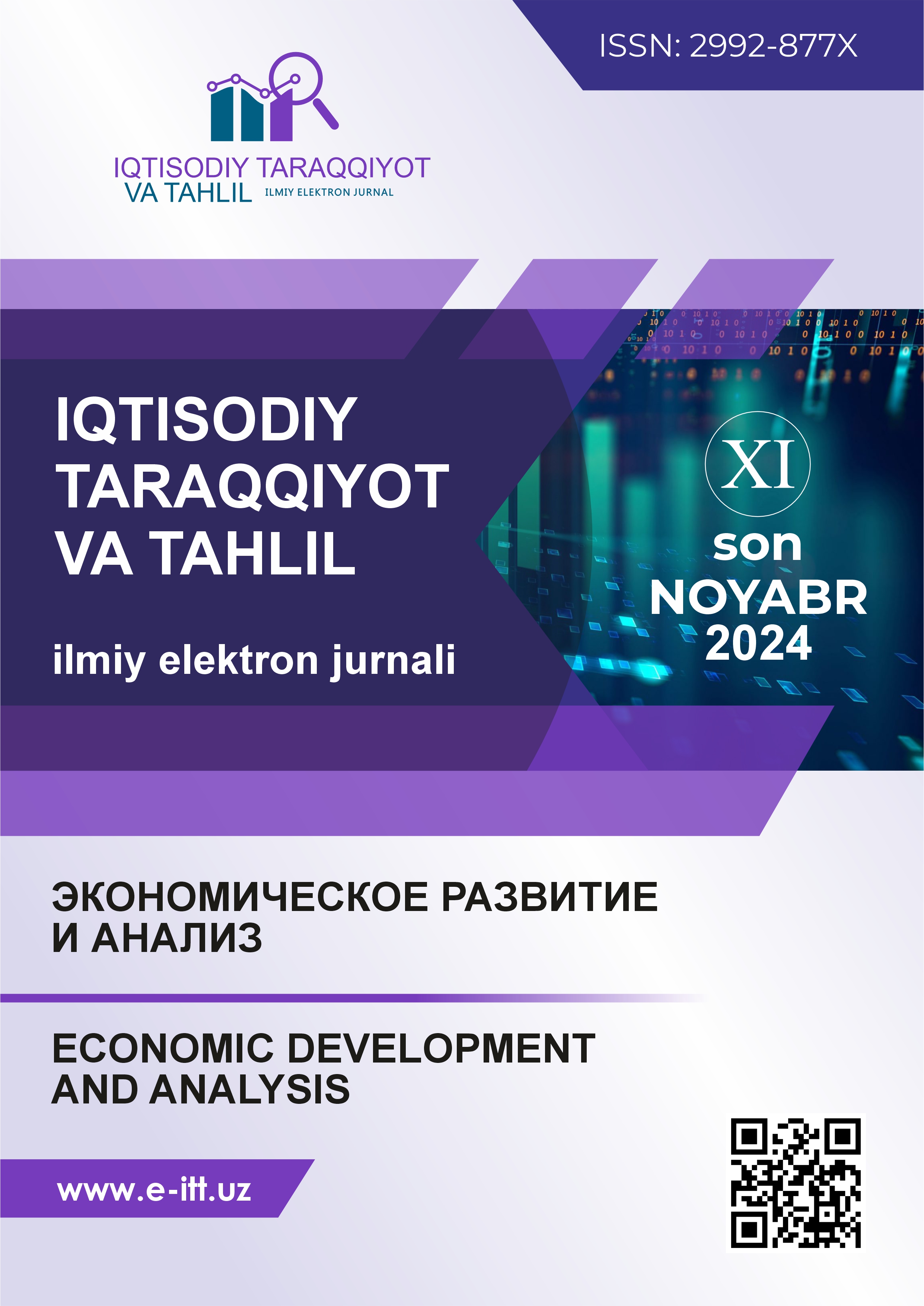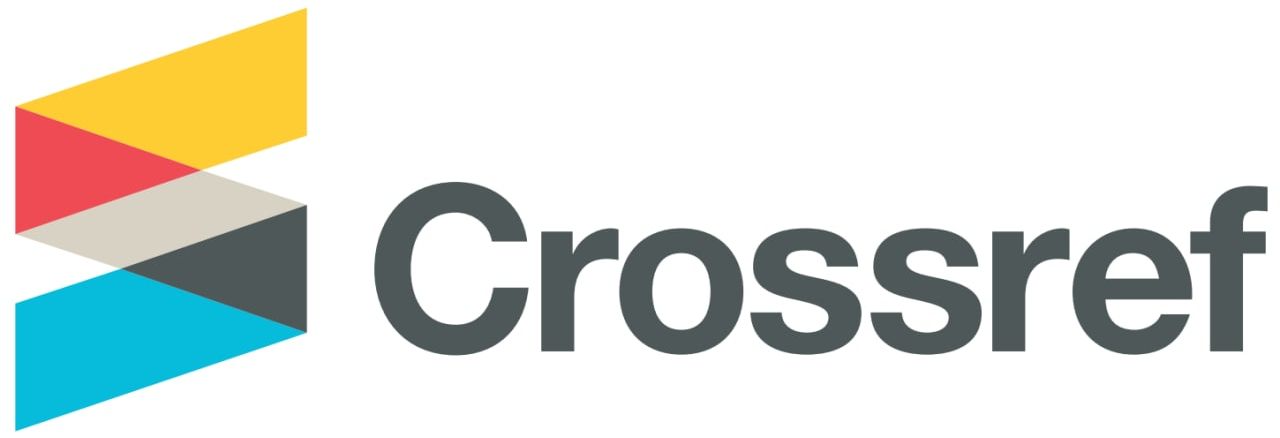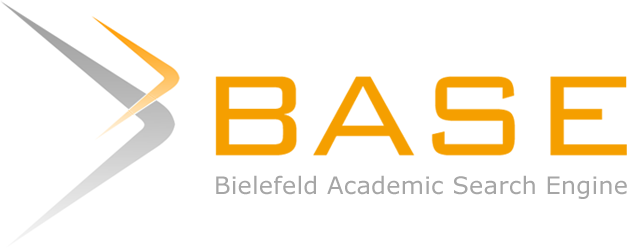ISLAMIC FINANCIAL INSTITUTIONS IN THE STATE OF QATAR AND APPLICATION OF FINANCIAL ACCOUNTING STANDARDS IN THEM
DOI:
https://doi.org/10.60078/2992-877X-2024-vol2-iss11-pp165-171Abstract
This article discusses the role of Islamic finance in Qatar’s economy, Islamic financial institutions located in Qatar, including Islamic banks, Islamic insurance companies, and the financial accounting standards used in them. The legal basis of the financial accounting standards used in Qatar will be covered. It examines the application of financial accounting rules in Qatari law to commercial organizations and Islamic financial institutions and reveals how two different financial accounting standards are used in the country.
Keywords:
financial accounting accounting Islamic banks commercial organizations Islamic insurance companies AAOIFI standards IFRS standardsReferences
Ahmed M.U., Sabirzyanov R., Rosman R. (2016) A critique on accounting for Murabaha Contract’, Journal of Islamic Accounting and Business Research, 7(3), pp. 190-201.
Annual report. QIB. (2023) https://www.qib.com.qa/en/investorrelations/fin ancial-information/annual-reports/
Arwani A. (2019) The implementation of IFRS in Indonesian Islamic accounting. Journal of Economics, Business, and Accountancy Ventura Vol. 21, No. 3, December 2018 – March 2019, pages 361 – 37.
Financial Reports, (2023). https://inma.qa/financial-reports/
Financial statement (2023) Consolidated financial statements for the year ended 31 december 2023. Qatar International Islamic Bank (Q.P.S.C.). https://www.qiib.com.qa/search/?q= consolidated%20financial%20statements
Financial statement (2023) Consolidated financial statements for the year ended 31 December 2023. Dukhan Bank. Q.P.S.C. https://www.dukhanbank.com/investor-relations/financial-information
Financial statement (2023) Consolidated financial statements for the year ended 31 December 2023. Masraf Al Rayan. Q.P.S.C. https://www.alrayan.com/en/investor-relations/financial-information/financial-statements
Financial statement (2023) Consolidated financial statements for the year ended 31 December 2023. QIIB. Q.P.S.C. https://www.qiib.com.qa/search/?q=consolidated%20financial%20 statements
GDP per Capita. (2022) https://www.worldometers.info/gdp/gdp-per-capita/#google_vignette
Ibrahim M., Hameed Sh. (2007) IFRS vs AAOIFI: The Clash of Standards? International Centre for Education in Islamic Finance. March.
Mohammed N.F., Fahmi F.M., Ahmad A.E. (2015) The influence of AAOIFI Accounting Standards in reporting Islamic financial institutions in Malaysia. Procedia Economics and Finance, 31, pp. 418–424.
Qonun, (2015) Qatar davlatining 2015-yil 11-sonli “Tijorat kompaniyalari toʻgʻrisida”gi qonuni, 269-band. https://www.almeezan.qa/LawArticles.aspx?LawTreeSectionID =16896&lawId=6656&language=ar
Report (2023). Islamic finance in Qatar. Publication Series by Bait Al-Mashura Finance Consultations. P. 22.
Siswantoro D., Ibrahim S.H. (2013) Should Islamic Accounting Standard Follow to international financial reporting standards (IFRS)? A lesson from Malaysia. Media Riset Akuntansi, Auditing & Informasi. 13(1), pp. 35-58.
Suandi A. (2013) Islamic Accounting in Indonesia: A Review from Current Global Situation. Waseda University Repository.
Downloads
Published
How to Cite
Issue
Section
License

This work is licensed under a Creative Commons Attribution 4.0 International License.










